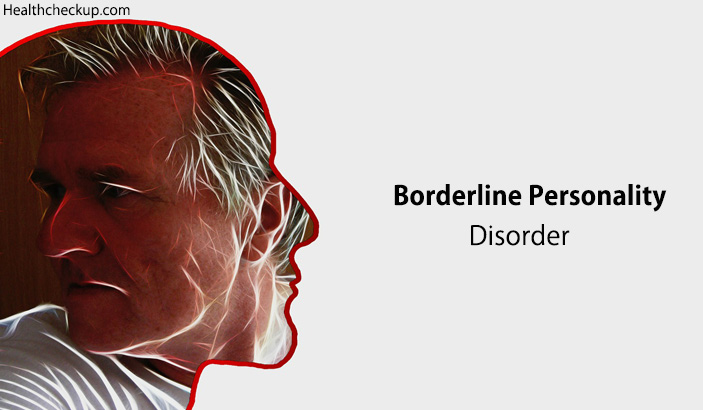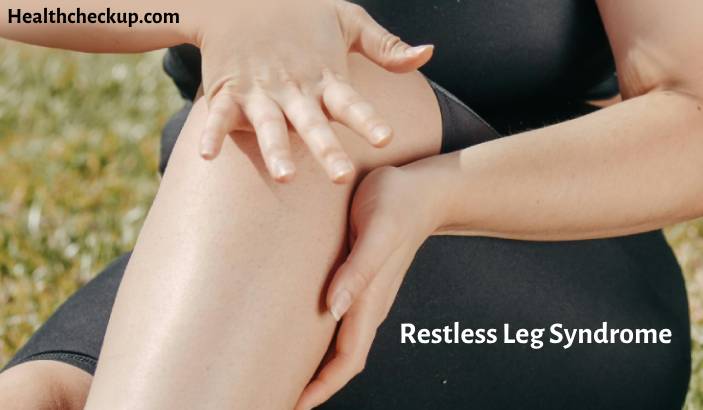What Is Borderline Personality Disorder?
Families should be able to cope with mental disorders and illnesses such as Borderline Personality Disorder. You can refer to this as BPD or Emotion Dysregulation. Having BPD is very emotionally and physically tiring. It makes the individual feel quite vulnerable and open to the judgments and opinions of others.
In medicine, BPD falls under Cluster B of personality disorders. These disorders are characterized by unpredictability, emotion and drama. A disorder in this cluster is called a Dramatic Personality Disorder.
Borderline personality disorder affects how you view yourself and others. It additionally impacts on how you think of others. When you have BPD, you are often afraid of being alone. Abandonment is a major cause of concern for you.
Maintaining relationships is a big struggle for people with BPD. You may want lasting and loving relationships, but your anger and mood swings push people away from you. Young adulthood shows the worst cases of the condition. In some cases, the individual gets better as they get a little older.
What Causes Borderline Personality Disorder?
The causes of most mental disorders remain elusive. Environmental factors such as neglect and child abuse have been linked to the development of BPD later in the life of the victim. Other suspected causes of borderline personality disorder are genetics and brain abnormalities.
- In genetics, studies of families and twins point to the inheritance of personality disorders. The presence of such disorders within the family increases your likelihood of having BPD.
- Brain abnormalities may be present in some areas of the brain involved in impulsivity, emotion and aggression. Neurotransmitters for mood regulation such as serotonin may also not be functioning properly.
Borderline Personality Disorder Symptoms
The first step to finding out if you have BPD is yourself. While taking the first step towards diagnosis, it is good to have a checklist of symptoms. The borderline personality disorder checklist has 10 questions in it. It is often in the form of a quiz to assess the likelihood of having BPD.
The Checklist Majors On The Following 10 Symptoms
i. Intense fear of separation and rejection.
ii. Having intense relationships characterized by a pattern of instability.
iii. Changes in self image and identity. This includes shifting values and goals.
iv. Bouts of paranoia related to stress and lost contact with reality for periods of time. The periods may range from hours to a few minutes.
v. Risky and impulsive behaviour. These include reckless driving, spending sprees and gambling. You may also find that you engage in unsafe sex.
vi. Viewing life and its attendant issues in extremes such as all bad or all good.
vii. Tendency towards self-injury and suicidal thoughts. These may manifest themselves as threats issued by the individual who has the borderline personality disorder.
viii. Mood swings that last days or hours. The moods vary from irritability, anxiety and intense happiness.
ix. Continuously feeling empty.
x. Intense inappropriate anger. With BPD, you are bitter or sarcastic, often involved in physical fights and frequently lose your temper.
If after going through the checklist you find 5 or more experiences that you have, consult a qualified medical professional for further testing and diagnosis.
Effects of Borderline Personality Disorder
Many areas of your life are affected by borderline personality disorder. Living with BPD results in a number of ill effects to the individual such as losing jobs frequently, getting into trouble with the law and unplanned pregnancies.
- You may also get infections that are sexually transmitted.
- Due to risky and impulsive behavior, persons with BPD get into physical fights and are more likely to be involved in vehicle accidents.
- With BPD, you have a higher than average likelihood of getting into situations that lead to your harm.
- A person with BPD is likely to attempt suicide once or severally. Some of these attempts may get successful.
Borderline Personality Disorder Test
Diagnosis of BPD can follow a laid out template called the Borderline Personality Disorder Criteria. The criterion identifies the presence of instabilities in self-image or interpersonal relationships. These instabilities show a pattern indicated by impulsivity.
Behaviour that may point to BPD is often seen at the start of early adulthood. Instabilities must be looked for in different contexts that vary from one person to the next. The borderline personality disorder criteria are no longer in strict or solo use in some parts of the world.
- Today, most mental health professionals carry out a diagnosis of borderline personality disorder in three steps. First, they conduct an interview. In the interview, the symptoms you have are up for discussion.
- The second step in borderline personality disorder diagnosis is a medical exam. The medical exam helps your psychiatrist or psychologist investigate the symptoms and rule out any other suspected causes of the symptoms.
- Third, your mental health professional will want to go through as much of your family medical history as they can. Histories of mental disorders and illnesses will be of more interest to them.
Borderline Personality Disorder Test Results
So, you have taken the tests and now the results are nearly out. For social support, you might want to have a friend or relative with you as you get the results. Your psychiatrist or psychologist is the best individual to discuss your borderline personality disorder test results.
The results of your borderline personality disorder tests can be negative or positive.
With a negative result, you will not need borderline personality disorder treatment. You may however want to address the causes of symptoms that you might be exhibiting.
With a positive result, you should start treatment of borderline personality disorder as soon as you can. Treatment helps you live a more fulfilling life despite having the personality disorder.
How to Treat Borderline Personality Disorder?
Medication, family support and psychotherapy are the core treatment when dealing with BPD. Group and peer support are also useful in borderline personality disorder treatment. Individual and group psychotherapy are effective avenues of treating borderline personality disorder for many people.
The first line of medical intervention for BPD is Psychotherapy. Studies show that Dialectical Behavioural Therapy, Cognitive Behavioral Therapy, Mentalization Based Therapy (MBT) and Psychodynamic Psychotherapy are effective in alleviating the symptoms of borderline personality disorder. They are effective when used alongside psychotherapy.
Dialetical Behavioral Therapy (DBT): DBT was developed specifically for treatment of borderline personality disorder. It helps you gain control over intense emotions and improve relationships. It also assists in the reduction of behaviour that is self-destructive.
Cognitive Behavioral Therapy (CBT): It helps individuals with BPD identify and modify behaviours and core beliefs that are the basis of perceptions of others and themselves. CBT helps you interact better with others. It also helps with reduction of anxiety, regulation of moods and reduction of self-harm behaviours.
Prescription medicine given to an individual who has this personality disorder is on basis of a specific symptom. Mood stabilizers and antidepressants are helpful. With distortions in thinking, your therapist will recommend you take antipsychotic drugs.
Understanding and Coping with BPD
A mental illness such as borderline personality disorder causes disturbances in thought. These disturbances could extend to behaviour as well. The disturbances caused by a mental illness can manifest mildly or with severity. Borderline personality disorder leaves you unable to cope with the ordinary routines and demands of life.
When someone close to you is diagnosed with BPD, support them as much as you can. Some therapies include caregivers and family members. Attend the sessions. If you want to counsel for yourself, get it from a separate therapist from the one who is working with your loved one or friend on their BPD.
If you find out that you have a borderline personality disorder, do not get discouraged. You can live a satisfying life even with the condition. With treatment, many people who have the disorder get better with time.
Medically Reviewed By

Professionally, a trained Microbiologist and Plant operator, Eustace is an experienced health content writer who is passionate about helping people lead a healthy life.








